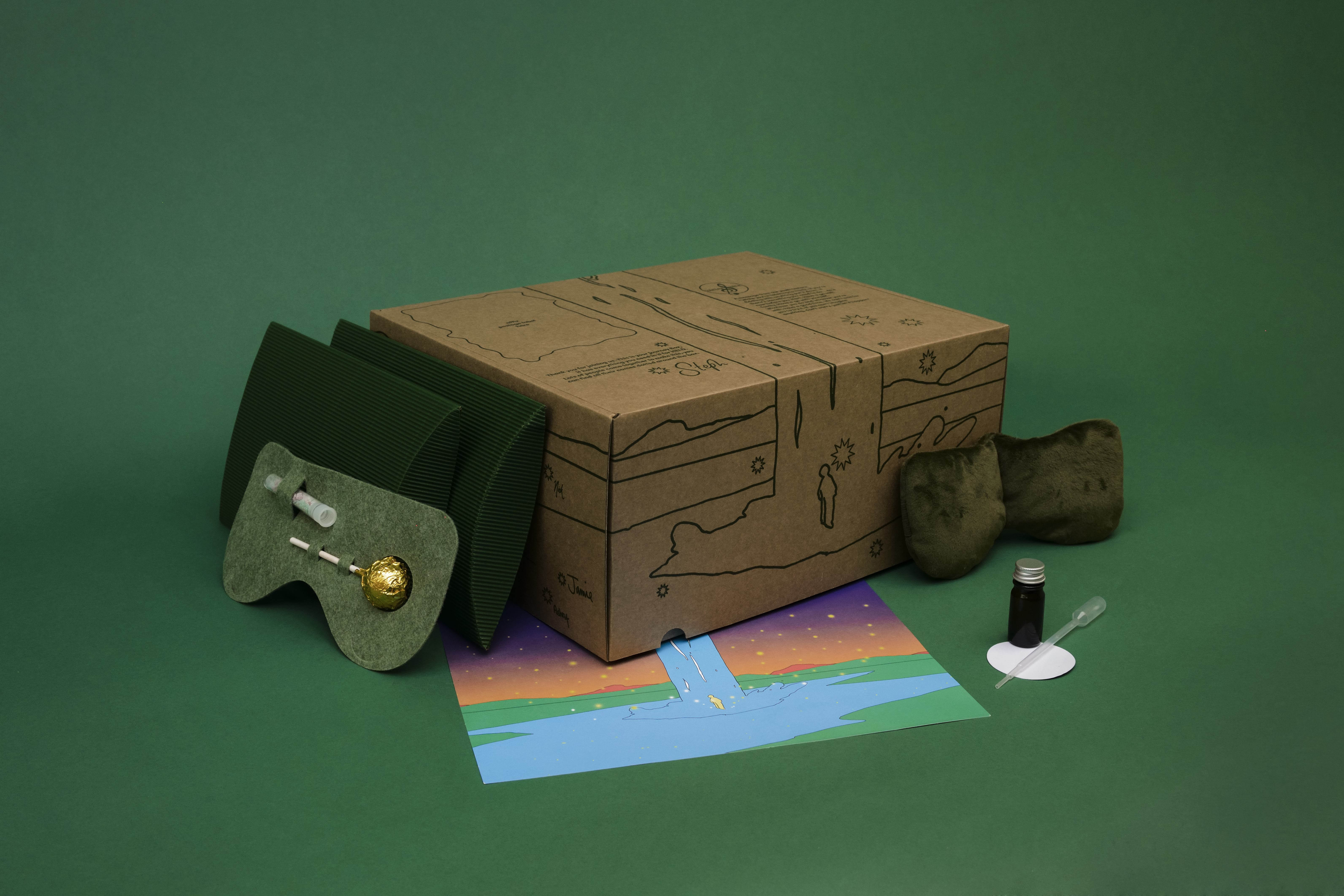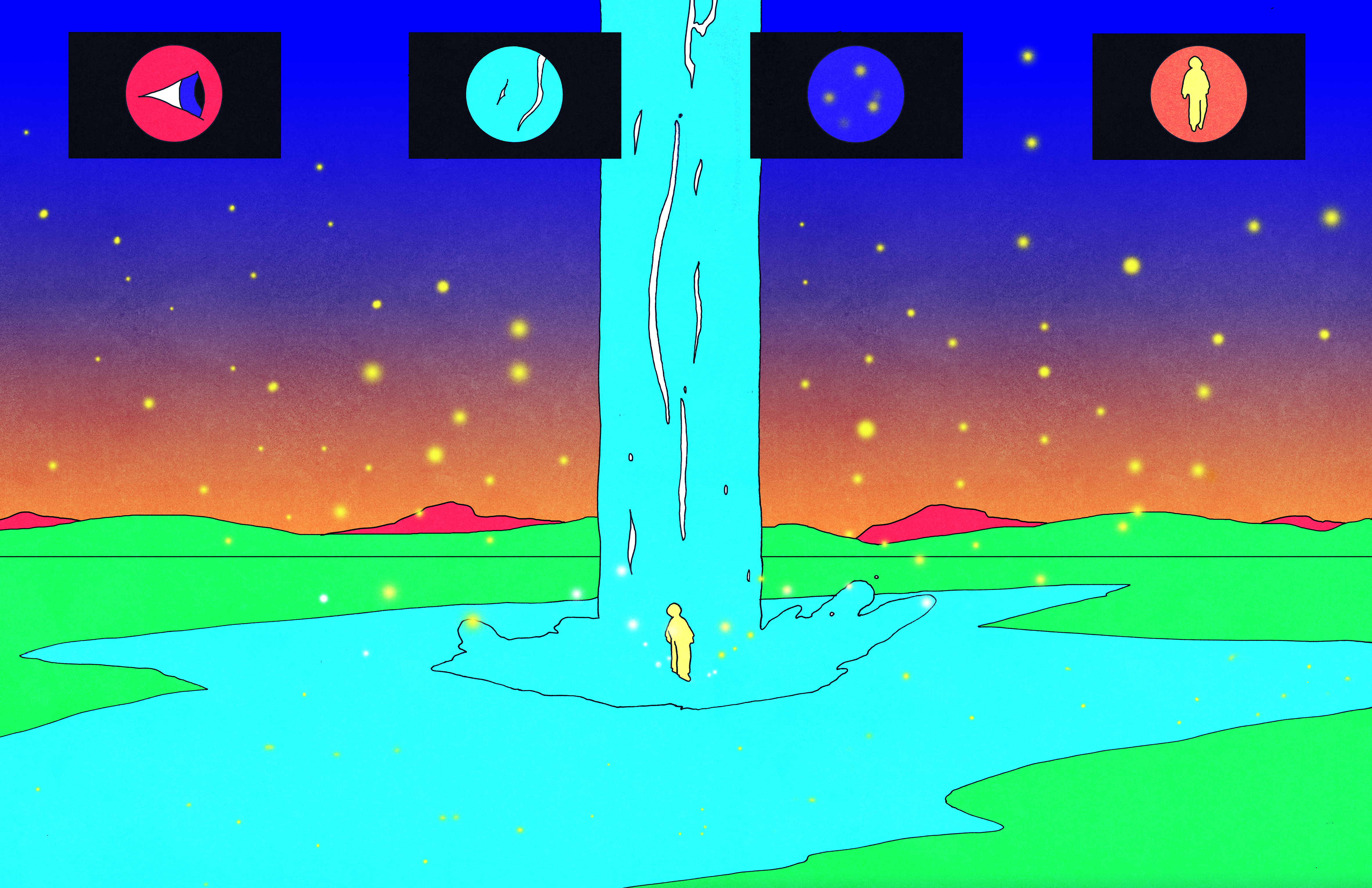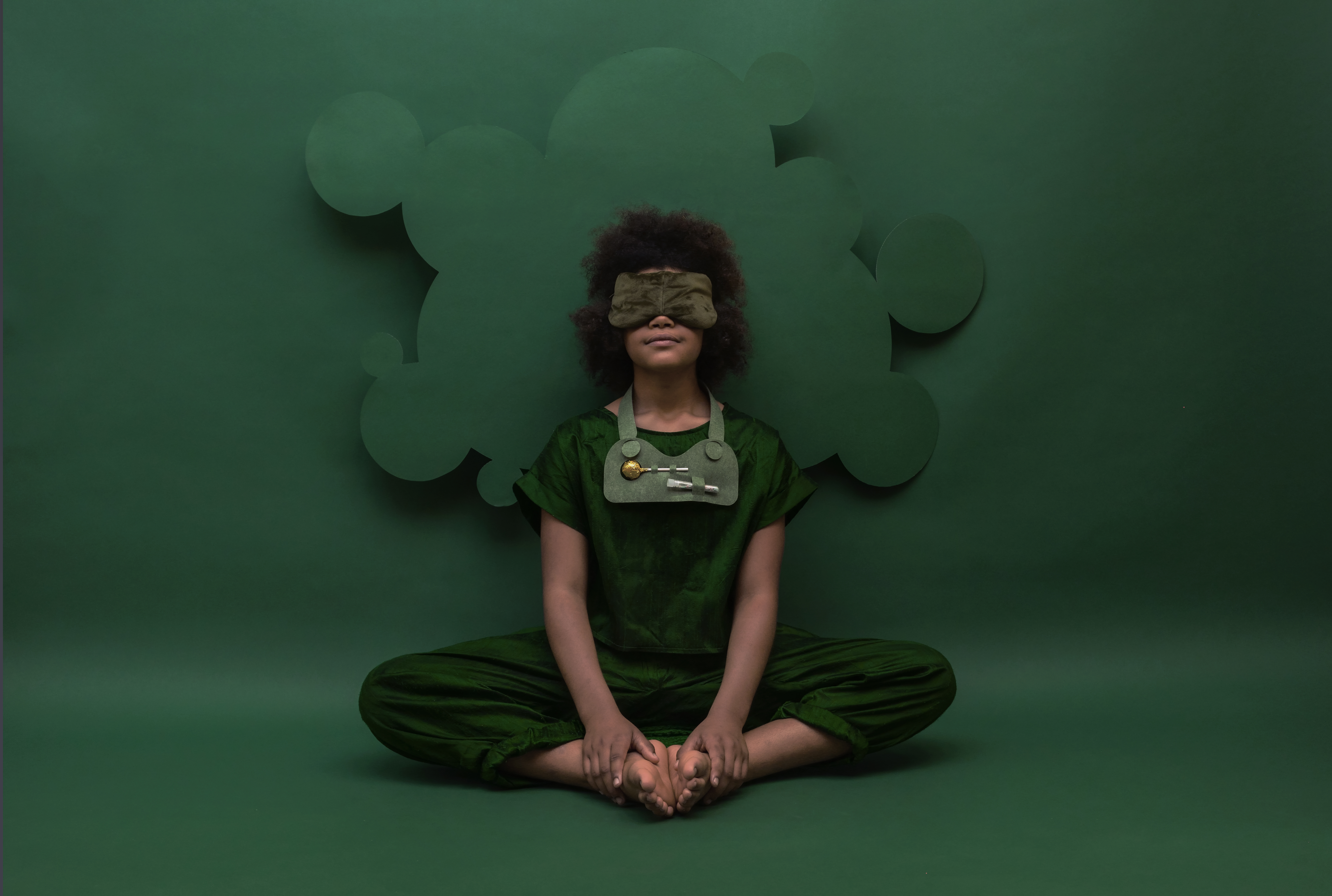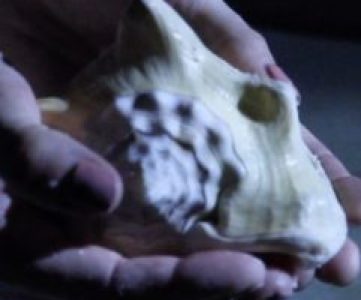TT Journal, Vol.1, ISSUE 1, 3rd November 2020
by Steph Singer
I was in Russia when lockdown was announced. I was lucky enough to be out there composing my new work new symmetry on a residency as supported by the British Council & PRS foundation. The residency itself was liberating, I had been exploring the topic of change. And was deep inside the philosophy that everything changes all the time, forever and always. In fact change is the only constant.
So when the lockdown was announced I felt psychologically prepared for my whole year to be different from how I imagined. Which is exactly what happened.
I am the creative director of music experience company BitterSuite, we began creating work in 2014 and since that point have been making large-scale multi-sensory concerts. Our focus is making immersive environments that deepen the way audiences listen to music. The concerts involve 40 dancers, 40 audience members and every audience member is blindfolded, and led carefully through a choreographed sensory experience. Every sensory moment matches a moment in the music. We use taste, smell, movement but I would say the company and I feel most excited about creatively using touch.
Each dancer is called a guide. And the guides give touch based experiences to match the music for instance in staccato passages the guides may use the pads of their fingertips to bounce up the back of the audience members body, or in moments of heavy bass we may use touch to sink the body of the audience into their pelvis. It sounds weird but of course, when you’re blindfolded to you as an audience member it is pure sensation.
In March 2020 our newest sensory concert which was commissioned and set for October 2020 became unimaginable. Touching audiences to music? Probably not. The trouble was the new piece was inspired by statistics of the growing rates of loneliness in young people across the UK – and suddenly we had been thrust into the era of social isolation and social distancing.
In the original piece – we wanted to demonstrate in the quality of touch as the essential simple demonstration of trust, intimacy and care – love, connection.
In this new distanced world, the risks of loneliness felt ever more present. And as such, our work and ideas felt even more relevant to the current climate. We wanted to find a way to reimagine what we do – within the parameters of 2020s so instead of postponing our work, we decided we would use this as an opportunity to create a new piece.
The parameters led the form:
- Sensory but possible in covid-19 climate
- Opens up the power of touch to audiences in their homes
- Devisable from a distance whilst all collaborators are in their homes
- Escapist, entertaining but grounded in having a positive impact on our audiences
- Co-created in collaboration with 10 young people aged 6-12
So…from April 2020 – September 2020 we set about making HELD: a sensory concert for your home that arrives in a box. It is designed for people to do on themselves or with each other.

It has two key elements:
- A piece of original music with a voice guiding you through
- A box we send to your house containing carefully selected sensory items: a weighted blindfold, scent, three tastes per person and a holster that holds your tastes securely on your body.
The piece was inspired by our collective will to create something beautiful and imaginative, something that inspires audiences to interrogate their senses and to feel the connection between their senses, imagination and music. Something that would hold audiences in a world of imagination, intimacy, love and connection for 40minutes by themselves or with members of their household. Something that would momentarily transform their homes into an experience space.
The voice in the audio guides audiences to listen to the music and build an imaginative world. The voice also gives instructions for audiences to do certain actions that relate to the story. In addition, with the items in the box, audiences will scent their rooms, blindfold themselves, put on the music and taste at certain times when the guide says.

Reflections from this time:
Humans need hugs
Covid-19 has made us aware of one simple truth – that is, if we had forgotten.
People need hugs.
(When we want a hug…. ) We like them because they make us feel better. Touch is wordless, it is caring. When shared lovingly, it is closeness, solidarity, trust, strength building, confidence boosting. Put simply, touch is love.
For this reason, like all things love related, it can easily be used abusively. And it is endlessly complex. Who is allowed to touch whom? What is touch detonating? How do I communicate how your touch feels to me? How can the same touch be platonic to one person but sexual for another?
Though touch can be disarmingly complex, we also experience it as a necessity for wellbeing. When a loved one cries, sometimes there is nothing else to do but hug.
Maintaining & channelling creative flow during Covid-19
When I suggested to the team that we make an experience delivered to your home in a box, and described a creative flow that would be entirely digital. I thought the meeting went brilliantly, and that I left everyone inspired.
The team later told me that they left unconvinced, sceptical and tired at the thought of the process.
Zoom
Zoom can limit human understanding.
And because of this Zoom can be a tiring way to collaborate.
Collaborators have to work harder to feel a part of something, to feed off the energy of a creative process.
Therefore zoom can be a barrier to accessing creative flow.
And even when entering creative flow it can be a barrier to maintaining an improvisational state of being.
Especially in the context of composing music and creating tactile experiences. It is not possible for instance to test out touch choreography through the screen (yes, even with haptic technologies). So that makes for creativity around the senses quite challenging.
How did we get around it?
We discovered the beauty and helpfulness of language, and began exploring objects and being in contact with our own bodies.
- Stand up / get up
- Don’t be glued to the screen – look around
- Hold your phone, lie down – don’t feel policed by the screen – remember it’s the conduit to a person/people
- Have tea/water
- Take regular breaks
- Do tasks
- Be purposeful with sessions
- Turn your other apps off
What did it unlock?
I felt more responsible for people’s time and energy than ever. So it resulted in me creating a much more militant creative flow than perhaps I would have done in the past. I knew how each element and individual was going to feed into the other. It was a delicate process to manage and set up, but it worked. It also supported the team to engage and offer in the process as they knew exactly what was expected of them.

Creating music from a distance
I composed nearly 30minutes of music from March to now alongside collaborators Alice Phelps, Jonathan Chung, Ashraf Ejjbair, Eileih Muir and Anna Pearce. We would create the emotional arc of the experience, and this would be the brief for music. Versus being in the room and making music as an ambient offering to the devising room, I wrote music after our sessions. This was more work. However, it meant that the music was in some ways more driven, less ‘wafty’. I think the Zoom process benefited the compositional process in the sense that it meant there was a healthy distance and privacy to the composing.
Physical blurriness
Everything is in the same place in my technology. My friends, work, calendar, creativity, music software, entertainment. MOVE YOUR BODY, change location to remind your body you’re doing something new.
Venues are built for structure and stability
Artists are built for change
This turbulent period has brought the often unhealthy dynamics between venues, artists to light. Venues have been violently awoken into the artists’ reality. We adapt, are nimble, responsive and bound only by discovery. Venue structures, systems insinuate that there is such a thing as permanence.
In this climate we begin to understand the benefits of being bold, responsive and ready to adapt. Those who are, and that also find themselves with the perfect mix of ability and stability will not only survive during this time but creatively thrive. Those who are not, will be in a very different situation and it is essential that we are ready to be just as responsive to this. Forming communities to support all artists and creatives to thrive during this time as best we can.
Creating now and in the future
We have entered a new age. And making multi-sensory experiences feels important. Ones that remind us hugs are important and the very things we possess inside of us (our senses, our imaginations) are magic. They are tools for entertainment, connection, discovery, happiness and focus. Our senses are our connection to the outside and inside world.
Though the creative parameters around us have made creating work for the senses more challenging, it is still possible. I intend to use this period to look at all the obstacles and turn them into creative parameters to channel ideas through.

Listen to a sample of Held, composed by Steph Singer
Steph Singer is a director and composer creating immersive music and musical theatre. Her work is bold and intimate. Through her company, BitterSuite, she produces multi-sensory works of art. Independently she composes for film, animation, theatre and installations. In 2015 Singer created BitterSuite to transform the way audiences experience live music with concerts combining sound, taste, touch, smell and movement to create disarming and intimate experiences. The work most often involves blindfolding the audience and pairing them with a BitterSuite guide who leads them through a highly choreographed sensory experience. BitterSuite’s work has featured at Royal Opera House, The Science Gallery, Midlands Art Centre, Brooklyn Academy of Music, Rich Mix, Roundhouse, Nesta, Bristol Arnolfini, TedX Hackney, Wilderness Festival and more.
Photos by Sara Marinangeli
Illustrations by Maria Medem
